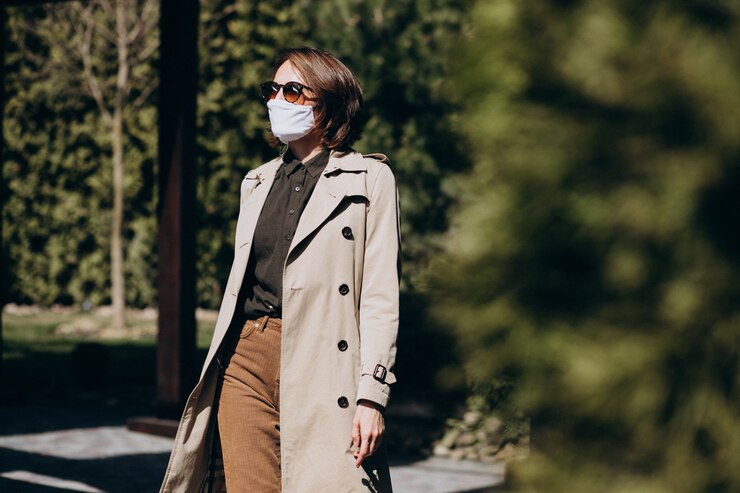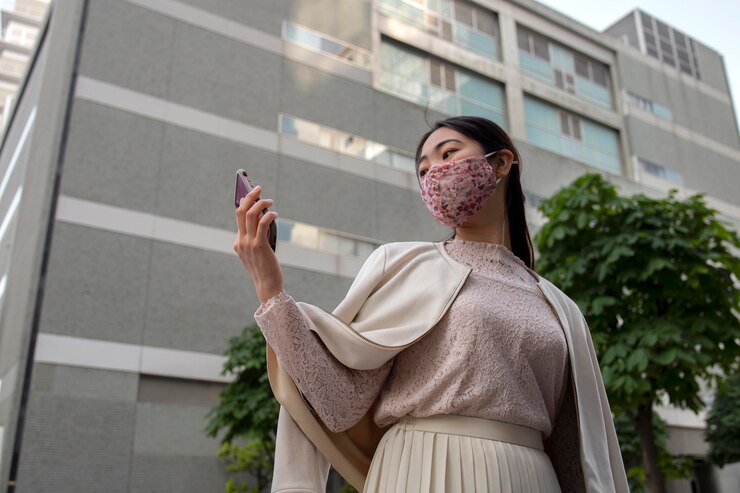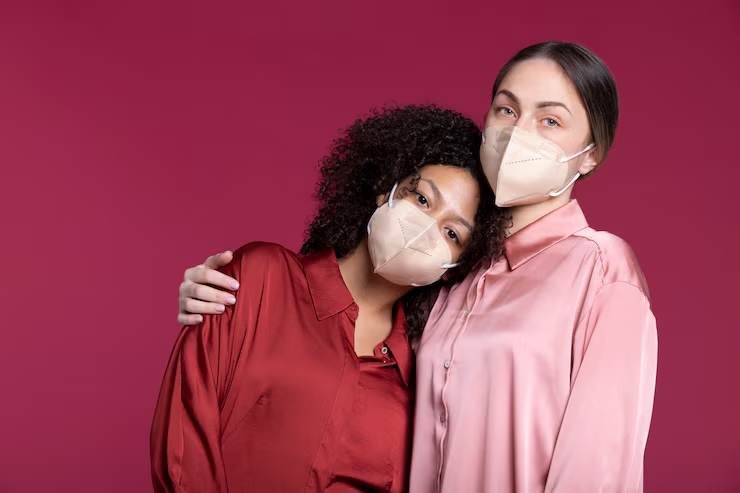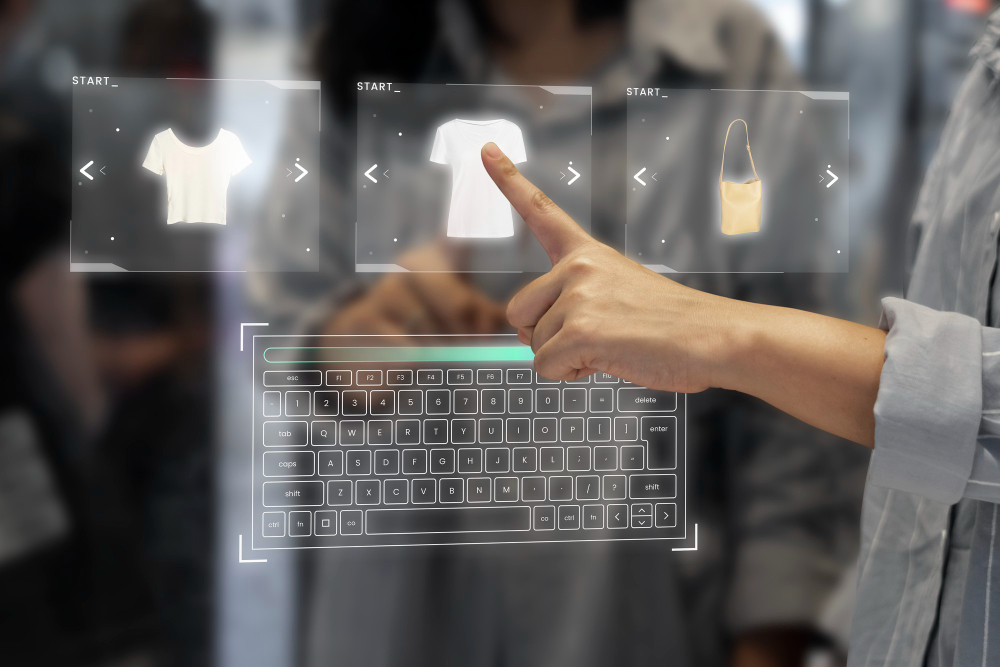Table of contents
From Loungewear to Digital Runways – A New Era of Style

The COVID-19 pandemic affected every corner of society, and the fashion industry was no exception. What we wear, how we shop, and even how designers present their collections have been transformed permanently. The phrase “Pandemic Changed Fashion” is more than a headline—it’s a reality that reshaped consumer behavior, business models, and design priorities.
In this blog, we explore how the Pandemic Changed Fashion forever, from the rise of comfort-centric clothing to the explosion of digital innovation and sustainability.
The Pre-Pandemic Fashion Industry

Before 2020, fashion was largely dictated by seasonal collections, luxury runway events, and a fast-paced, often wasteful production cycle. Fast fashion thrived on volume, while luxury houses maintained exclusivity through biannual shows and limited lines.
Then the world came to a halt.
How the Pandemic Changed Fashion: Key Shifts

1. The Rise of Comfort and Loungewear
As people transitioned to working from home, the demand for office attire plummeted. Sweatpants, leggings, oversized hoodies, and cozy knitwear took center stage. Comfort became king, and brands responded with lounge collections, soft materials, and relaxed silhouettes.
Impact:
- Permanent shift in dress codes
- Athleisure and homewear became everyday staples
- Emphasis on functional fashion
2. Accelerated Digital Transformation
With fashion weeks canceled and stores closed, brands moved online. Virtual fashion shows, digital lookbooks, and livestreamed product launches became the norm.
Impact:
- Digital fashion houses emerged
- AR and VR shopping experiences gained traction
- Social media became the new runway
3. Slow Fashion and Sustainability
As lockdowns highlighted the environmental toll of fast fashion, conscious consumerism surged. People began choosing quality over quantity and became more curious about where and how their clothes were made.
Impact:
- Increased demand for sustainable materials
- Growth of secondhand and rental fashion markets
- Transparency in supply chains became critical
4. Local and Independent Brands Thrived
Global supply chain issues forced consumers to turn local. Small, independent designers and local artisans found new audiences online and through word-of-mouth.
Impact:
- Support for local businesses grew
- Unique, handcrafted items gained popularity
- Diversity and inclusion saw more focus in fashion storytelling
5. Workwear Got a Makeover
The traditional suit is evolving. With hybrid work becoming standard, brands are reimagining professional wear to include comfort, flexibility, and functionality.
Impact:
- Smart-casual became the new business casual
- Office attire includes knits, stretch fabrics, and casual footwear
- Multi-purpose fashion became more valued
Long-Term Effects: The Future of Fashion After the Pandemic
- Permanent role for digital events and online retail
- Shift toward timeless, investment pieces over trends
- Growth in resale, upcycling, and conscious shopping habits
- Fashion as wellness: prioritizing how clothes feel, not just how they look
- Diversity, inclusivity, and mental health as core industry values
The way the Pandemic Changed Fashion revealed how resilient and adaptable the industry can be. More importantly, it offered an opportunity for meaningful change.
FAQs About How the Pandemic Changed Fashion
A: With people spending more time at home, comfort became a priority. Loungewear offered style with relaxation, making it a top choice during lockdowns.
A: Many shows went digital. Designers used livestreams, virtual lookbooks, and even CGI models to showcase collections to global audiences online.
A: Yes. The pandemic accelerated awareness of environmental issues, and many consumers are now committed to making ethical fashion choices.
A: Consumers are shopping more online, prioritizing quality over quantity, and supporting local or independent brands.
A: Key trends include matching lounge sets, face masks as accessories, house shoes/slippers, minimalist fashion, and digital fashion pieces for avatars.





